Death positivity is not just a mindset, it’s also a practice. This space is an ongoing chronicle of ways that death positive ideas are emerging in communities all across the world—from volunteer efforts, to live performance, to the reimagining of traditional death spaces.
Death Positivity in Action
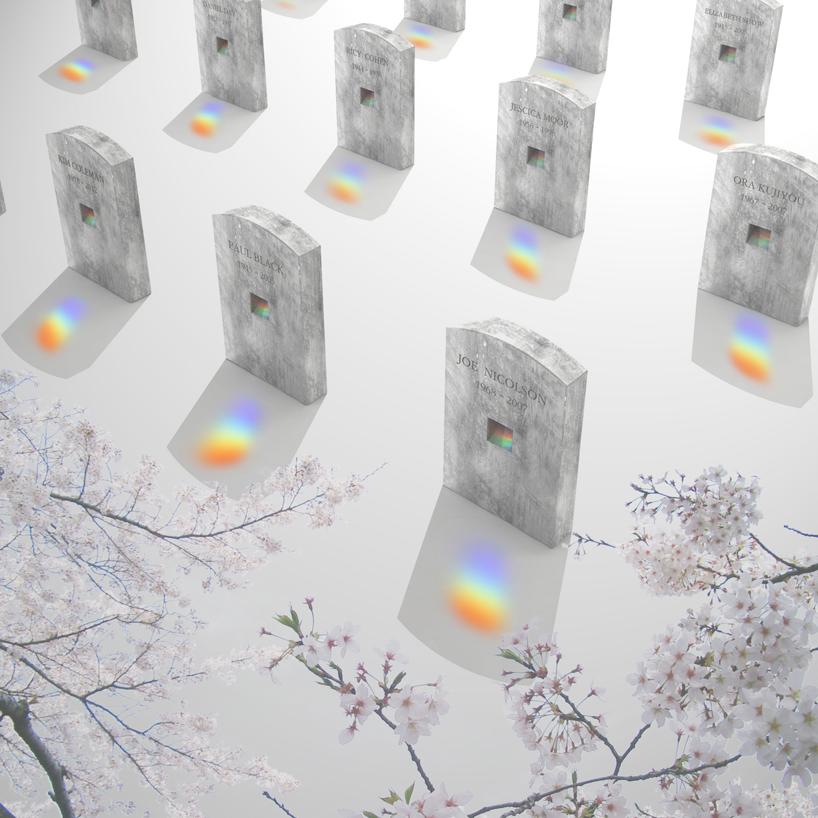
After the Rain
After the Rain is a conceptual design from Japanese Artist Aya Kishi, who says it reinterprets the meaning of memorial by “incorporating a series of optical prisms into the centers of tombstones, which as a result, create a spectrum of light on the ground where the grave would be situated. Influenced by rain and the grieving process, the project takes these elements and translates them into a visual intervention helping ease the pain and suffering after losing a loved one.”
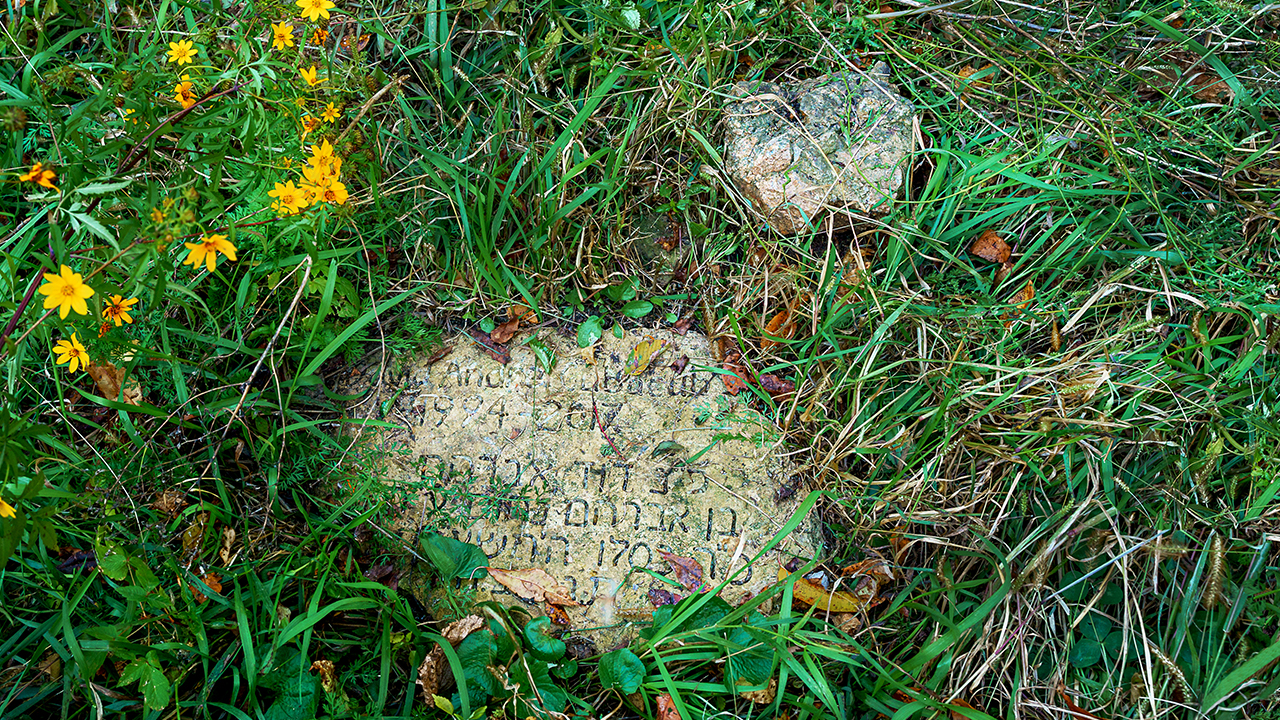
Farley Center For Peace, Justice, and Sustainability
The Farley Center has created a multi-use community land space which includes farmland where produce for local food pantries is grown, and offers a wide variety of community programs and events like Supporting Healthy Black Agriculture, which provides families with an opportunity to learn about agriculture from the Black experience. Within this shared space is also a nature preserve that provides the local community with a green burial ground called the Natural Path Sanctuary, where people have the opportunity to work on and enjoy the land in life and protect it in death.

Catacomb Bee Collective
In Seattle a cemetery and funeral home have partnered with beekeepers to “promote environmental awareness while helping to lift declining bee populations.”
In 2021 beekeeper and educator Annie Reading approached the Evergreen Washelli Funeral Home and Cemetery to ask about using an undeveloped section of the cemetery grounds as an apiary and the Catacomb Bee Collective was formed. “To be able to offer ourselves up for the bees and protect that and maintain that, that’s what we’re all about,” said Nikole Mitchell, the location manager at Evergreen Washelli. “Now it is visited pretty consistently by families whose loved ones are placed here, and then of course our staff gets to visit the bees.”
The bees also play an integral part at the funeral home by offering comfort to grieving families, and keeping a long forgotten death ritual alive. Each family not only receives a jar of honey from the cemetery’s own hives, but the “funeral home also incorporates the bees into its services for grieving families. A station is set up in the lobby where people can write down anything they’d like to have told to the bees. Beekeepers collect the cards and then share those messages with the hives,” a long forgotten ritual practiced among household that kept bees.
The Catacomb Bee Collective regularly offers tours of their apiary, as well as beekeeping classes and other educational events.
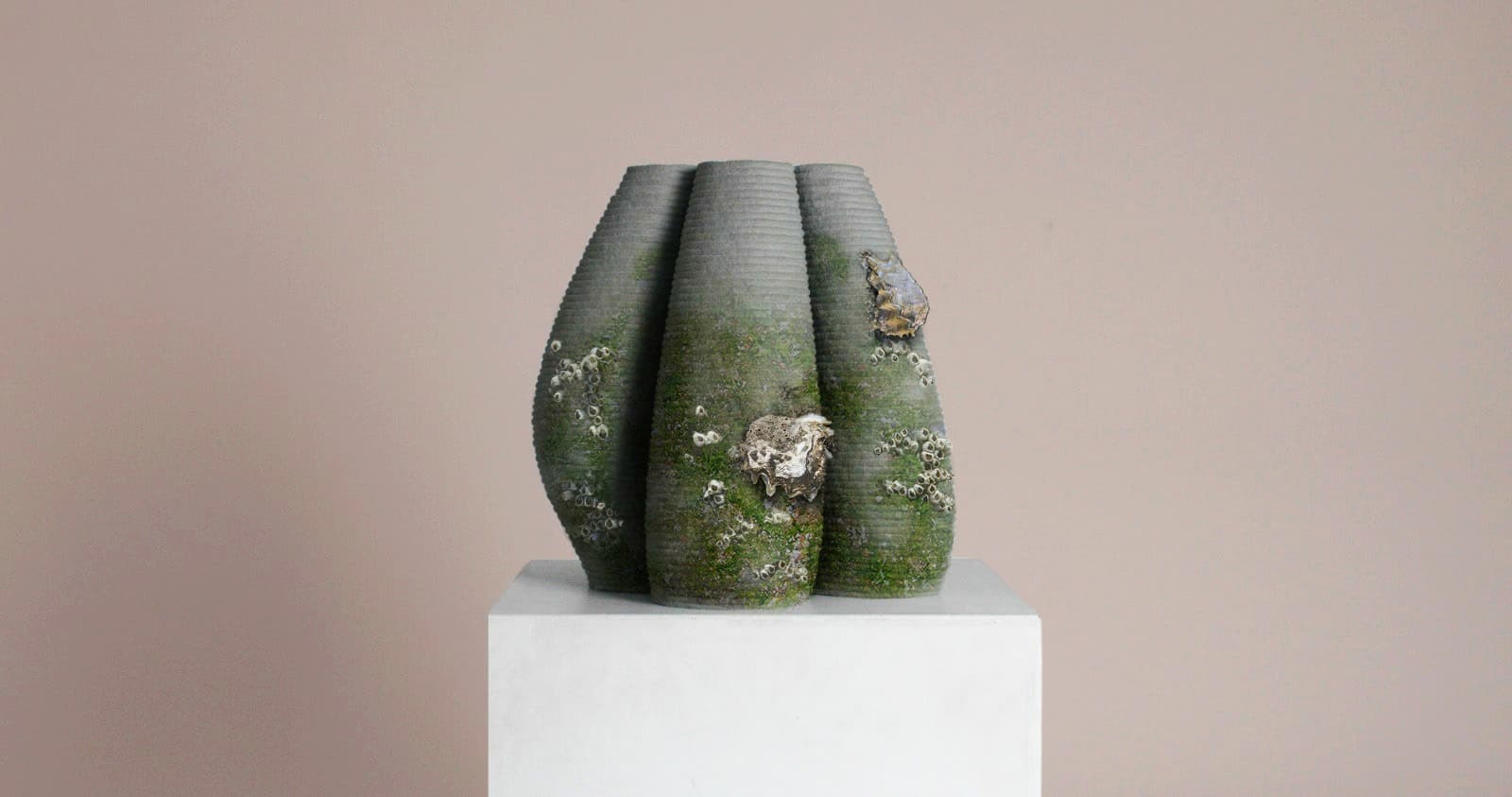
Resting Reef
Global Innovation Designers Aura Murillo and Louise Skajem sought to create an eco-friendly death care service that sustains new marine life while commemorating past lives–the result? Resting Reef, a process that transforms the ashes of those who have died into beautiful oyster reef memorial structures that regenerate marine biodiversity, capture carbon, filter water, and prevent coastal erosion.
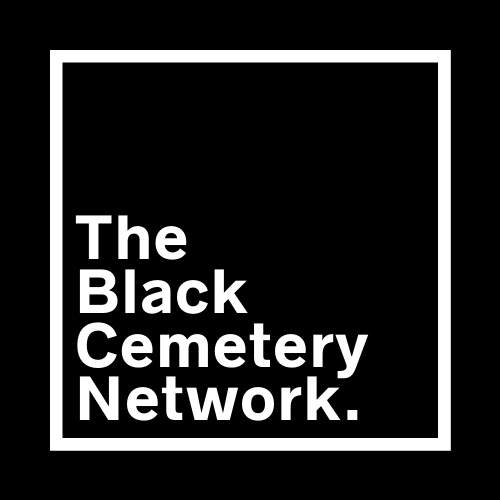
The Black Cemetery Network
Founded to raise awareness about the issue of erasure and silencing of the issues surrounding Black cemeteries throughout the U.S. These important sites contain the stories of people, place, and families that are often missing from larger public narratives. The BCN connects these spaces and the people working to actively protect them through research, advocacy, and collaboration.
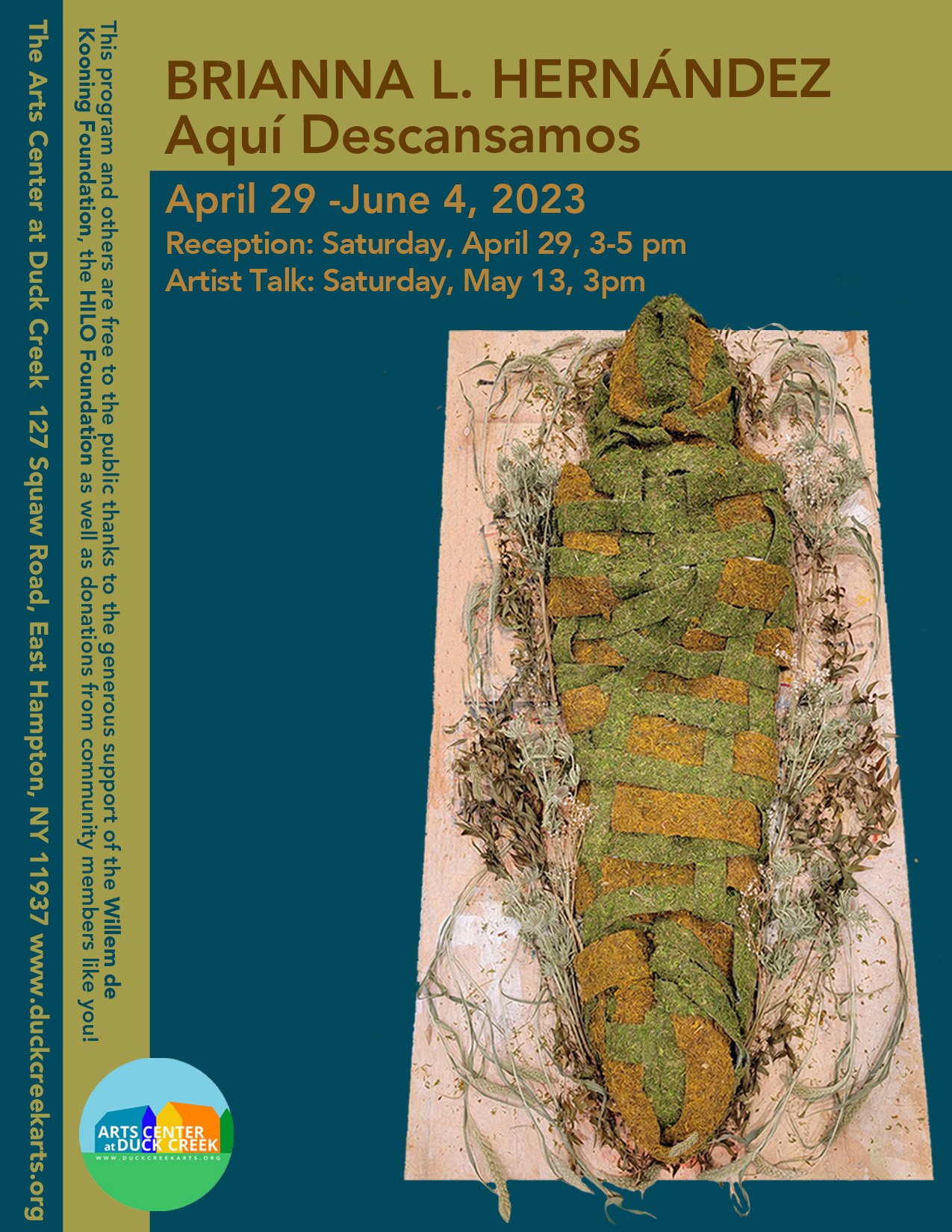
Aquí Descansamos
Created by Chicana artist Brianna L. Hernández, Aquí Descansamos “began as a living cemetery composed of floral sculptures which mirrored the shapes of common grave markers. In contrast to the somber, grey-stone visuals of conventional cemeteries, these alternate memorials highlight color, growth, decomposition, and renewal, offering a space to celebrate life’s vibrancy while acknowledging its temporary and ever-changing nature. In reminding us of our universal experience of grief, Aquí Descansamos honors the dead while providing space to imagine a future where we rest alongside them.”
Watch a talk by the artist at The Arts Center at Duck Creek.
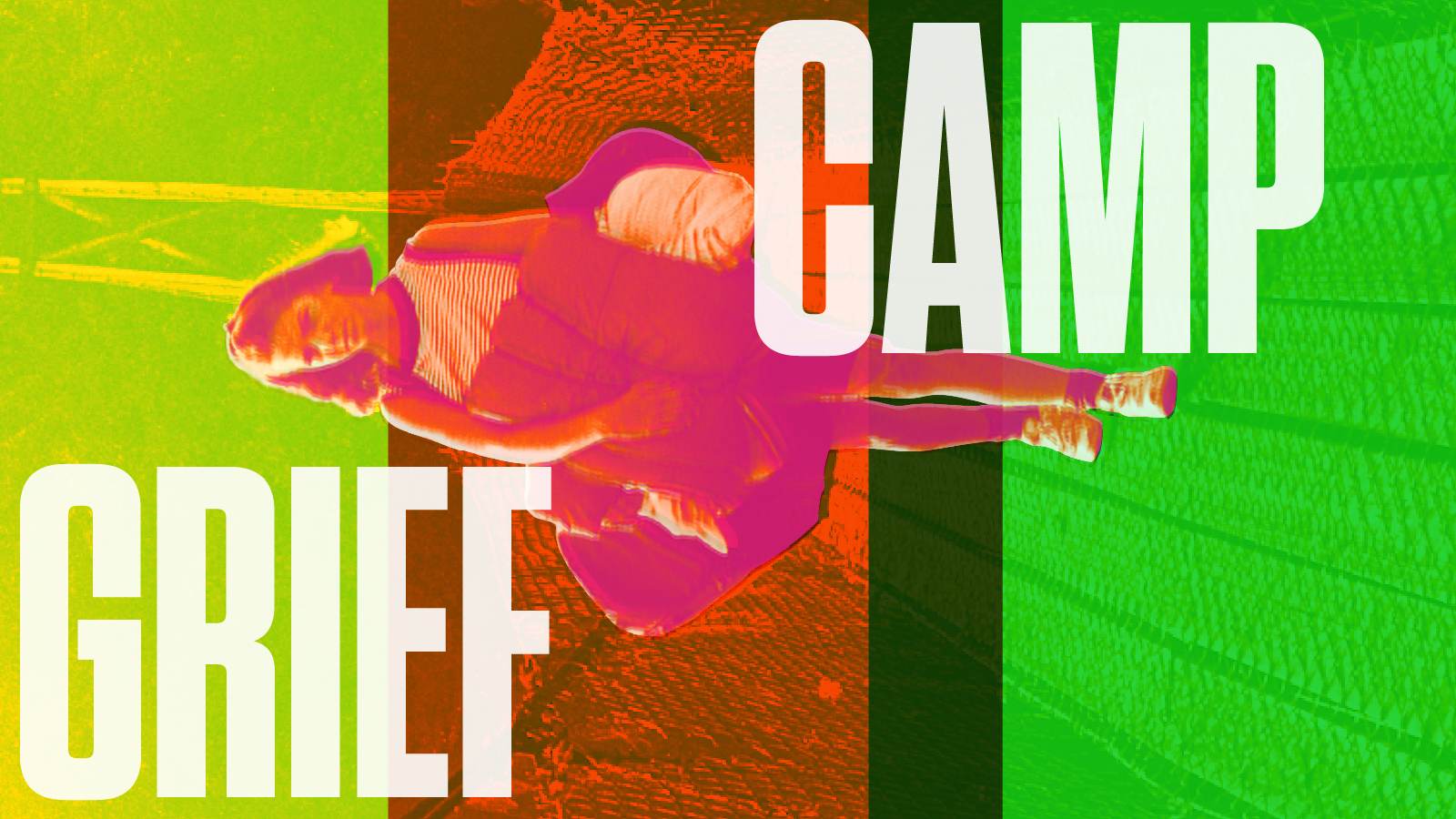
Grief Camp
Grief Camp is a play currently playing off-Broadway that is a study of a group of adolescents grappling with death and grief at a summer camp program set in Virginia.
Playwright Eliya Smith says about her work “When you’re grieving, just getting through a day is so intense. We wanted to capture how it changes the texture of day-to-day life. Any time someone dies it feels like the world is breaking, but that’s doubly true for young people who are still tenuously able to understand how the world works. So I wanted to give people the experience of living in a child brain that has experienced a rupture of reality in that way.”
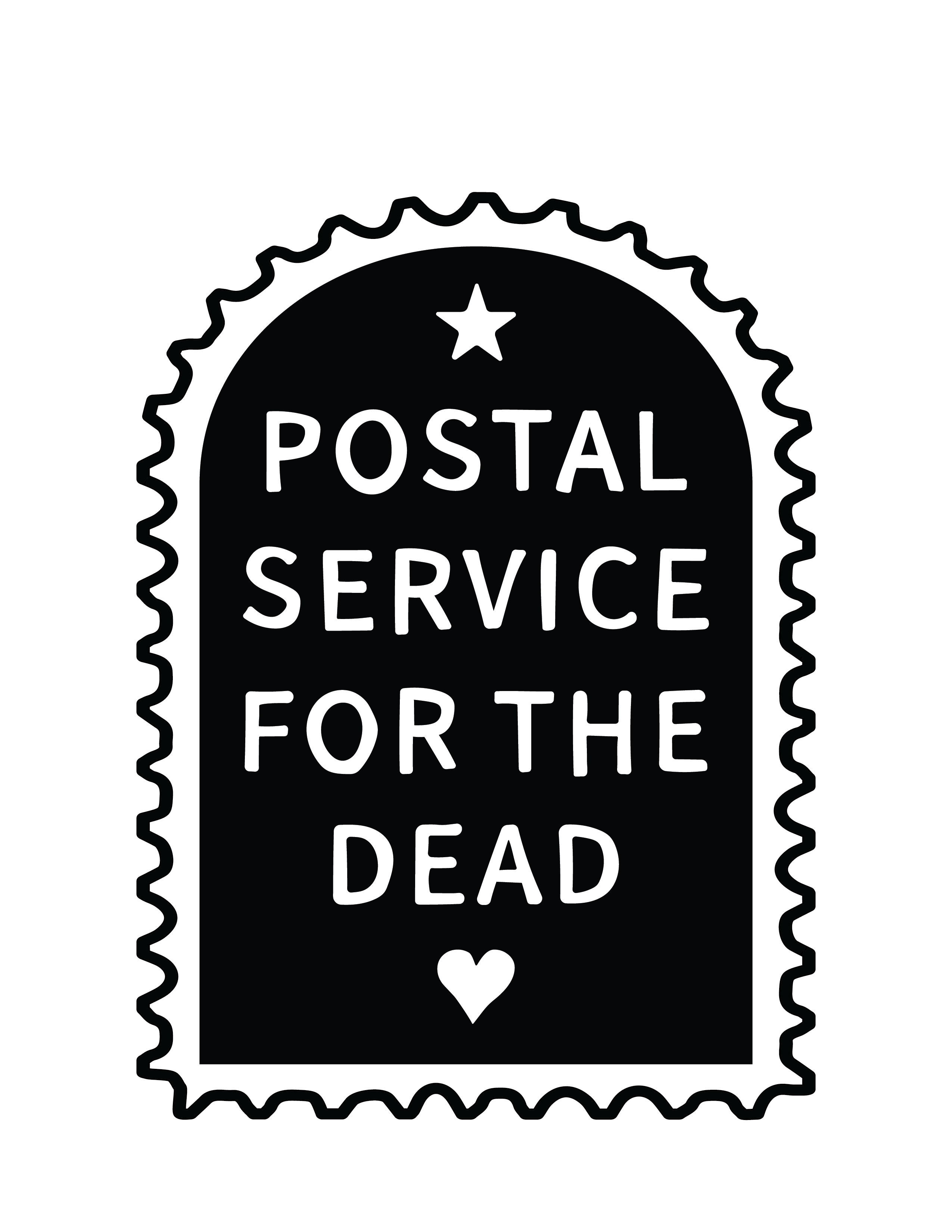
Created by Janelle Ketcher Postal Service For the Dead is an initiative that enables people to send physical letters to those who have died, helping them to navigate death and grief. This ritual practice helps preserve connections to those we’ve lost through the transformative power of storytelling and human connection that can occur beyond the veil of death. Learn more in this feature in the LA Times.
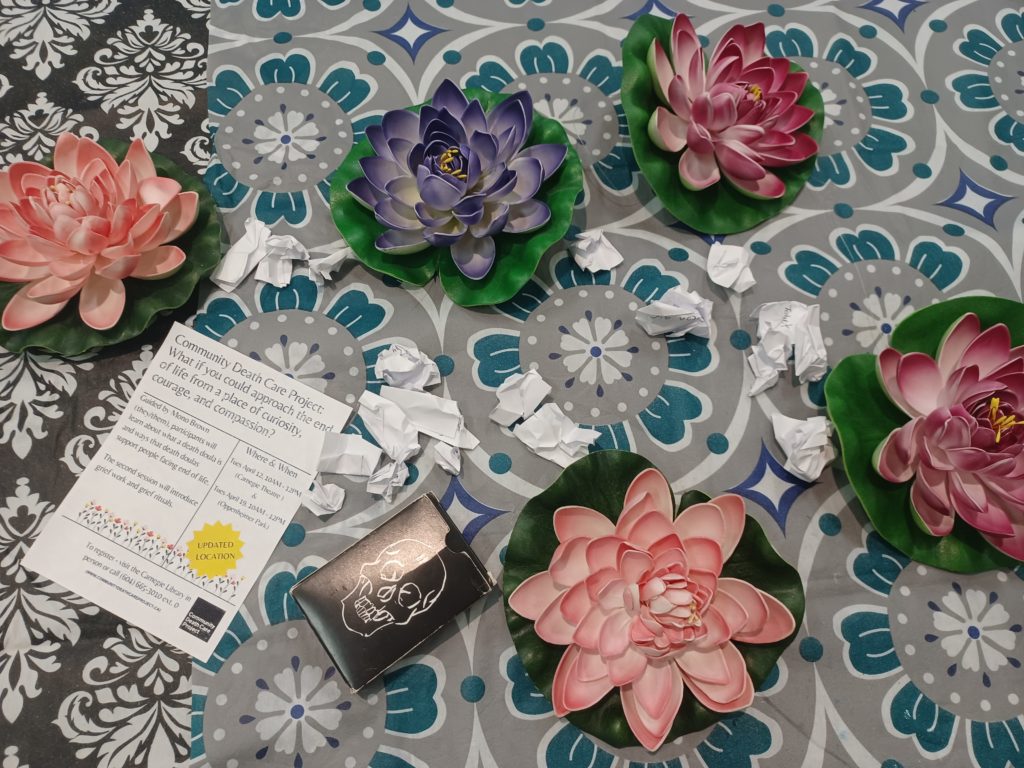
Community Death Care Project
Co-created and facilitated by the Vancouver Public Library and Carnegie Community Centre, the Community Death Care Project is a site specific endeavor created to support vulnerable communities connected to Vancouver’s Downtown Eastside and Chinatown. Recognizing existing systemic barriers that lead to increased frequency of deaths wherein there is little dignity, agency, and support available the Community Death Care Project project provides access to resources and information sharing around choice, dignity, and autonomy for end-of-life planning.
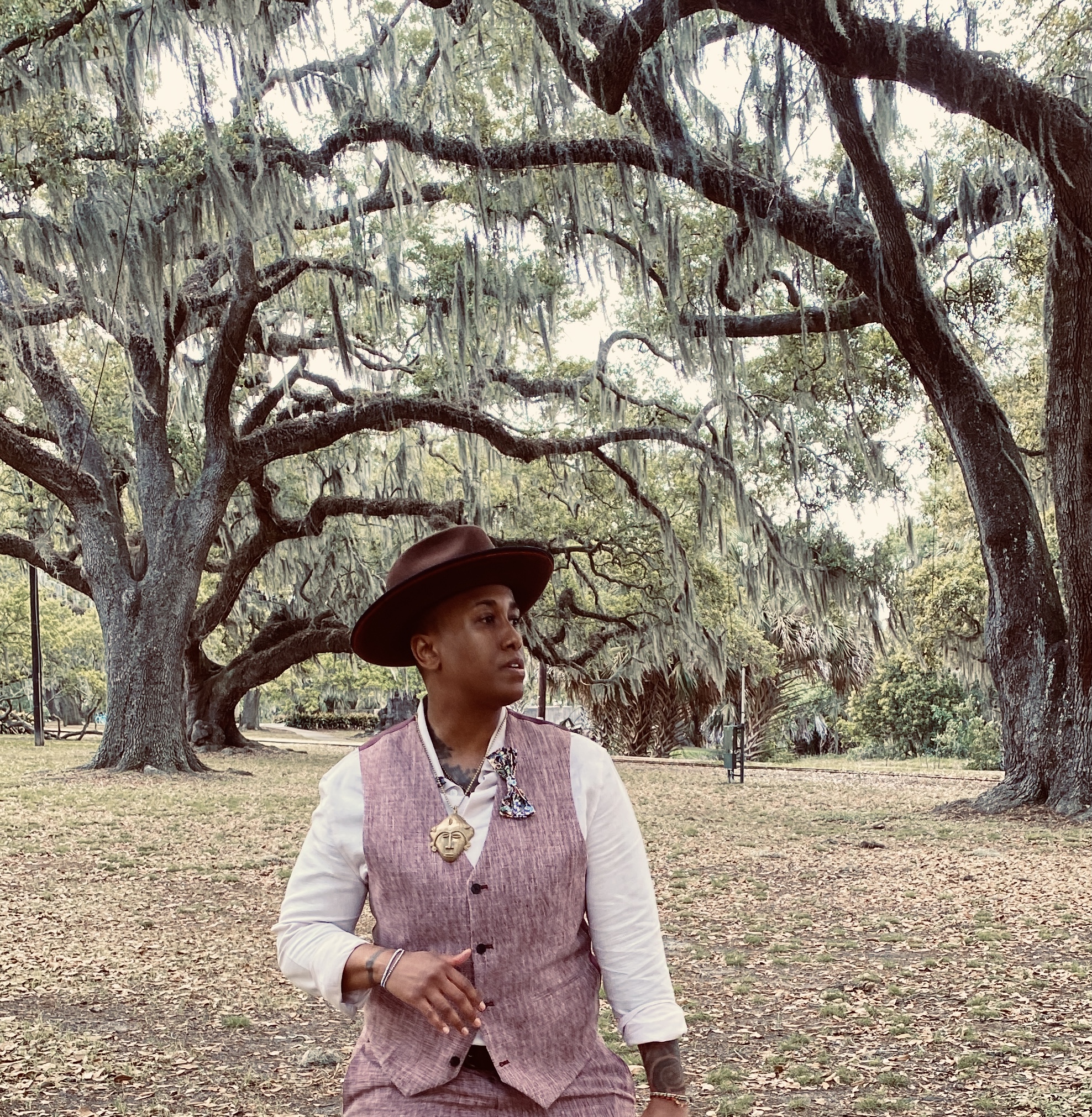
Earthing Our Funerals
Dr. Erica Xavier-Beauvoir, a green burial expert and environmental justice steward has spent the past couple years partnering with the City of Durham in North Carolina. to explore alternatives to standard burial practices throughout the city’s cemeteries. Her own project, Earthing Our Funerals seeks to address barriers around green/natural burial among marginalized communities in Durham, North Carolina. Dr. Xavier-Beauvoir’s work is expected to increase awareness of green burial by 20% among the region’s marginalized communities through a series of monthly educational events, artistic communal offerings, and creating an online resource hub identifying local resources, toolkits, artisans, and documents for death planning.

The Parlor
Housed within an established brick and mortar retail store, The Parlor seeks to address our estranged relationship with death and loss of third spaces by providing their local community with a death positive community space. Programming will strive to revive community deathcare skills and practices, and offer support around other experiences of grief and loss, including disability, illness, and mental health.
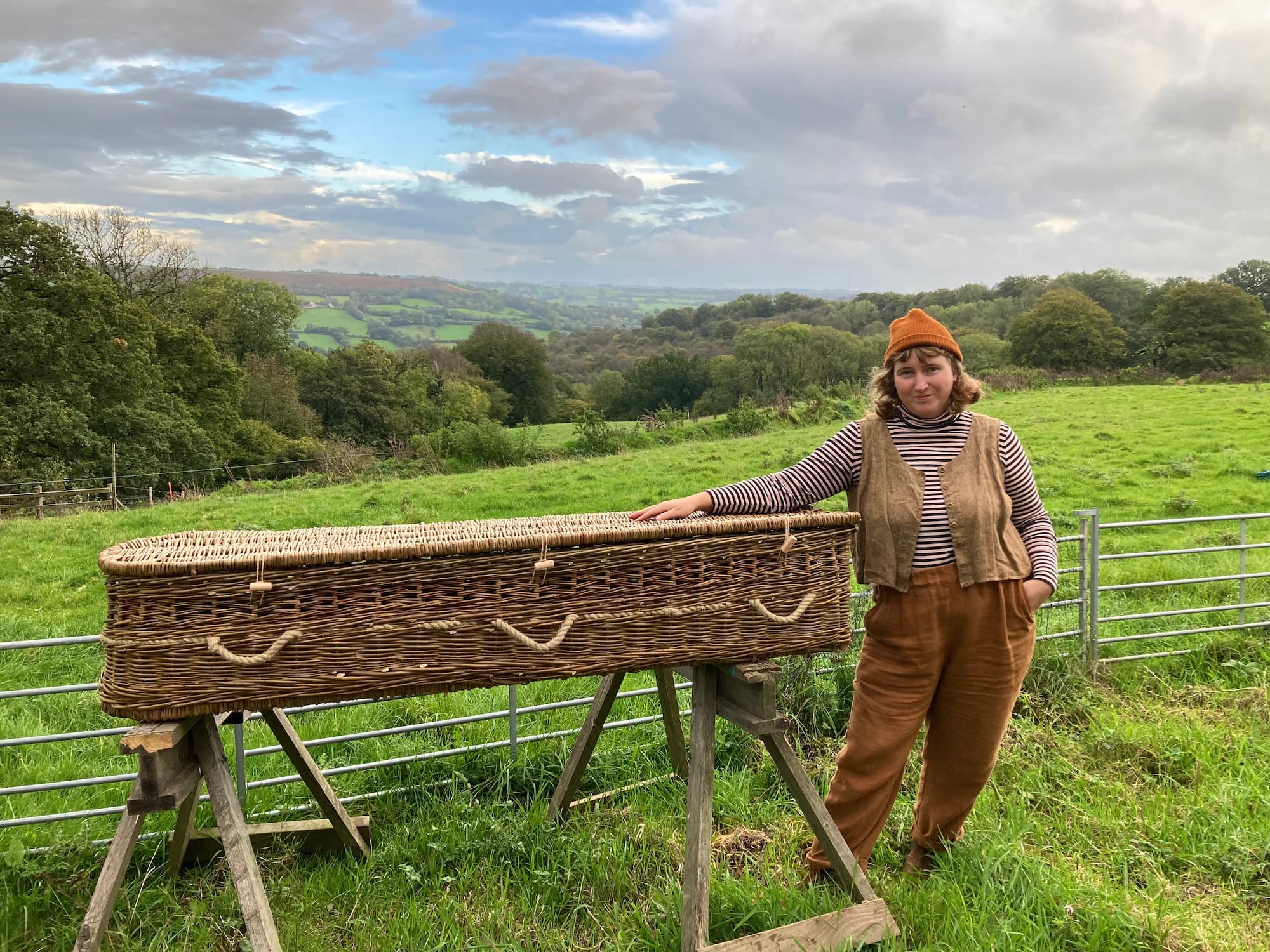
Your Final Gift
Weaving together climate-conscious regenerative agriculture and traditional craft, Anni Zylstra partners with farmers, and hosts workshops to teach artisans to how create and provide sustainable willow coffins to their communities. Your Final Gift will help to expand awareness of the benefits of greener funeral practices while increasing the public’s access to more sustainable funeral options.
The Cemetery Birder
Danielle Belleny, a wildlife biologist and birder known as The Cemetery Birder, inspires people in cities to visit cemeteries as a way to destigmatize death and connect with nature, reminding us that cemeteries hold “an enormous amount of ecological diversity.” In talking about conservation burial Belleny says, “I didn’t expect birding to help me destigmatize death and define my final resting plans, but I couldn’t imagine a better way to be remembered. I’d be honored if my resting place sparks the journey of a new birder.” She is also a co-founder of
Black Birders Week, which seeks to counteract the racism Black people often experience while enjoying the outdoors.
